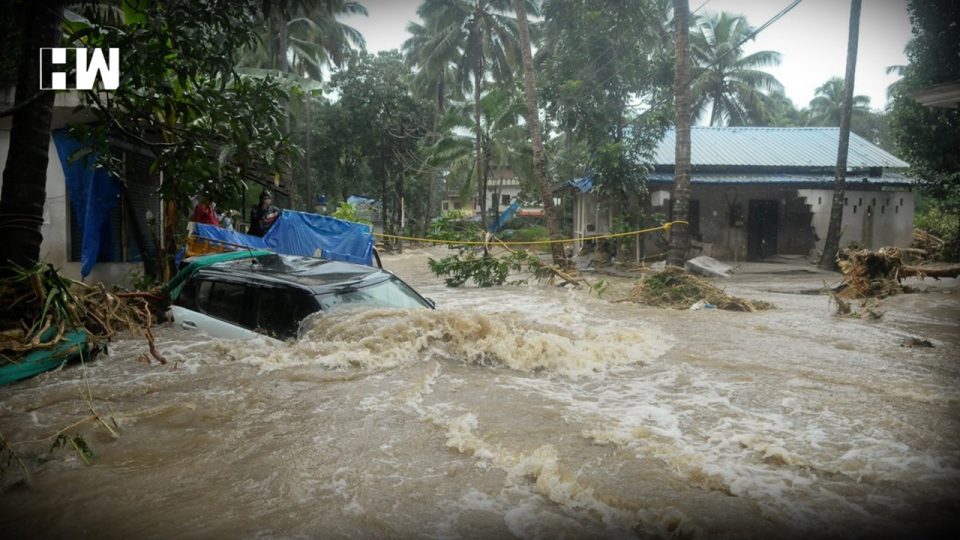The watersheds of top seven large reservoirs that generate hydropower in the nation are likely to go through a “substantial warming” giving rise to increased average annual rainfall in the near future (2020-2030), and during the end of 2070-2099 of the century because of global warming.
Based on a model prepared, a panel of researchers from IIT Gandhinagar found the average increase in rainfall in the watersheds to be 6-11% while the mean annual air temperature is predicted to increase more than 2.5 degree Celsius by the end of the century if the emissions are low.
In the scenario of high emission, the average annual air temperature is expected to rise up to 6.25 degree Celsius, while rainfall in the watersheds is probable to increase by 13-18%.
The impact assessment of the climate warming on the production of hydropower was conducted at 7 large reservoirs of India namely Nathpa Jhakri, Bhakra Nangal, Srisailam, Nagarjuna Sagar, Hirakud, Sardar Sarovar, and Indira Sagar. Out of the 7 reservoirs, Nathpa Jhakri, Bhakra Nangal are situated on Satluj River, and snowmelt is one major source of water, which is may change under the future climate. The rest five are primarily situated in the climate region that is monsoon-dominated in central-south India.
As an independent media platform, we do not take advertisements from governments and corporate houses. It is you, our readers, who have supported us on our journey to do honest and unbiased journalism. Please contribute, so that we can continue to do the same in future.

